BFMAGAZINE
CASA MALAPARTE: EXPERIENCING ARCHITECTURE THROUGH SCENT
A collaboration with perfumer Jerome Epinette brought the concept of an enigmatic architectural icon to olfactive life.



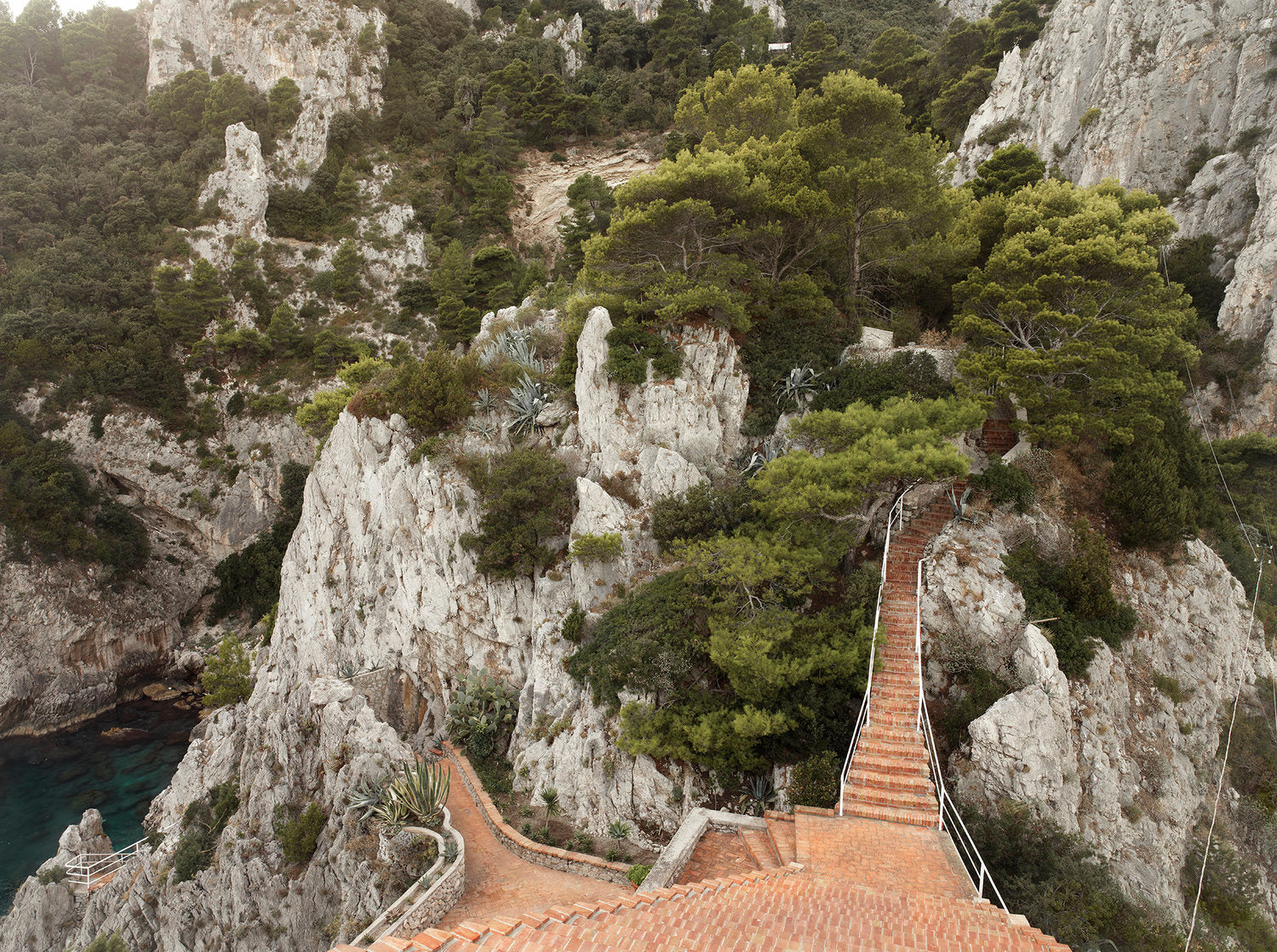
 You’ve seen Casa Malaparte before, though you may not have realized it - most famously, in Jean-Luc Goddard’s 1963 film, “Contempt” starring Brigitte Bardot as the blithe femme fatale and most recently as the backdrop in a series of advertisements for high profile designer brands. The iconic villa, a radically modernist structure for its time (1937), is as provocative and mysterious as its designer/owner, Curzio Malaparte - journalist, diplomat and agent provocateur, and continues to seduce and mesmerize history, design and architectural enthusiasts alike.
You’ve seen Casa Malaparte before, though you may not have realized it - most famously, in Jean-Luc Goddard’s 1963 film, “Contempt” starring Brigitte Bardot as the blithe femme fatale and most recently as the backdrop in a series of advertisements for high profile designer brands. The iconic villa, a radically modernist structure for its time (1937), is as provocative and mysterious as its designer/owner, Curzio Malaparte - journalist, diplomat and agent provocateur, and continues to seduce and mesmerize history, design and architectural enthusiasts alike.
Set on Capri, the fabled isle of pleasure, the house sits alone perched eighty feet above the sea, atop a rocky promontory overlooking the Bay of Naples. The only access is by a long, winding footpath through thick, green vegetation or by sea - precariously climbing the jagged rock via a staircase carved into the stone. It is a striking juxtaposition between the natural and the man-made. The house has always been an obscure object of desire to the curious and to those who've dreamt of inhabiting her, if but for a moment of time - yet very few have ever been allowed inside. The closest they’ve come to experiencing it has been through an SLR zoom lens aboard one of dozens of tourist boats anchored below. To all who make the pilgrimage, Casa Malaparte appears to be the perfect symbol of solitary beauty, and like the Bardot character, lies in state as a blissfully indifferent exhibitionist luxuriating in the Amalfi sun.
To capture the essence of Casa Malaparte, we wanted to create a fragrance that represented both the physical qualities of the natural surroundings - the sea on one side and green vegetation on the other - and the modernist, formal element of the house itself and what it represented: a sculpture that bridged the gap between land and sea, between the natural and the synthetic. We wanted to create a space within the aroma that was inviting, contextual and representational of the uniqueness of the house and its surroundings. We chose a sparkling citrus note to give it a light, airy, overarching quality - typical of an Amalfi summer day. A nuanced, lush green base coupled with an ethereal salted sea air accord were chosen to represent the building’s overt, external sensuality and to give it context, while an accord of heliotrope, bright florals and white musk were designed to capture the mysterious and incomparable splendor of what inhabiting such a beauty might feel like.
Interested in trying the aroma? Visit our store online. A spectacular virtual tour of the villa has been modeled by the Vitruvio Virtual Museum and you can take a tour here.
credits: photo 1 - from the film Contempt (Les Mepris) / photos 4 & 5 - Alistair Taylor Young
The Curious Flower That Only Blooms One Night A Year
The elusive Night-Blooming Cereus is a wondrous
oddity with a spellbinding aroma
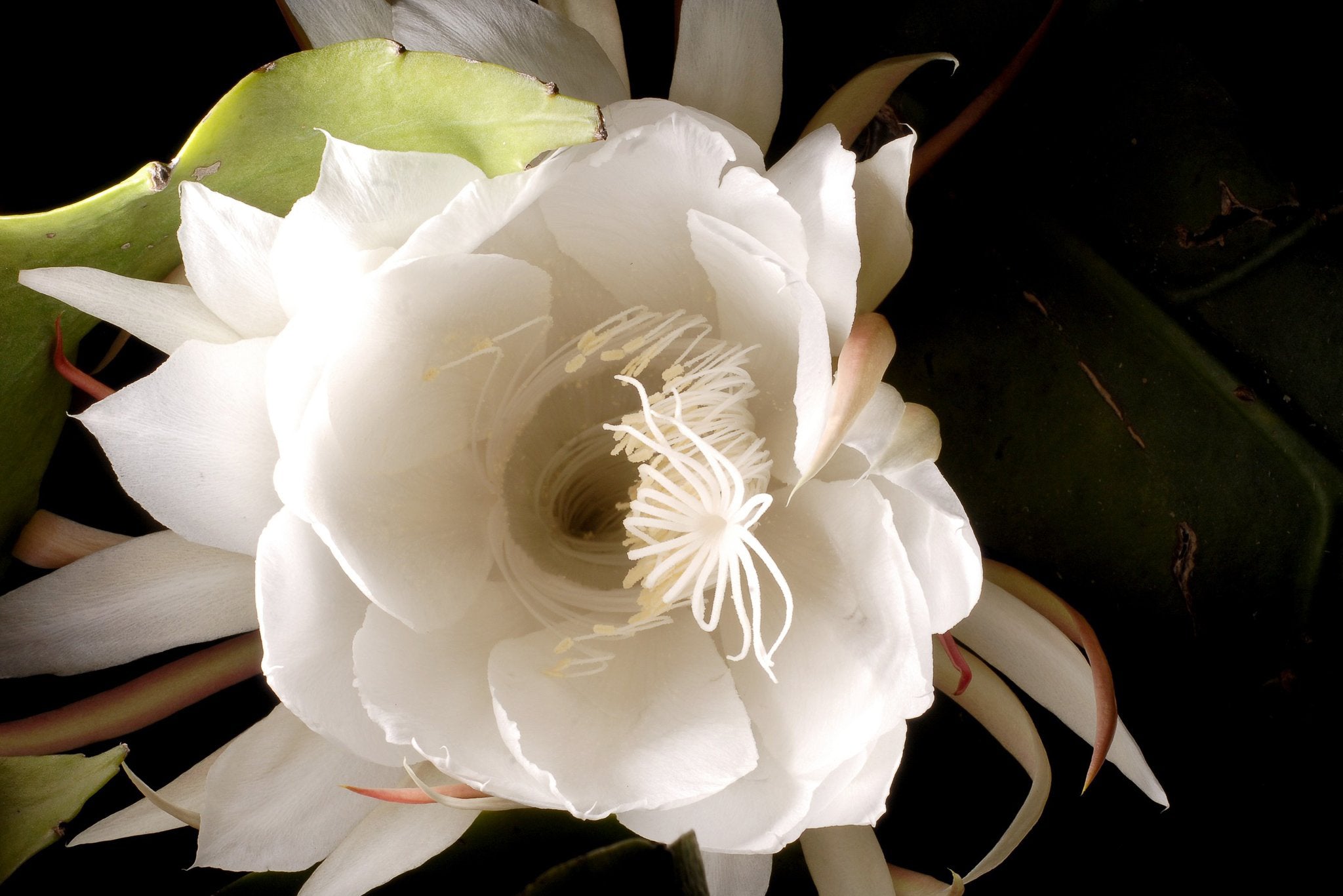


 If ever there was a flower with the allure of a rarely seen, reclusive rock star, it’s the Night-Blooming Cereus (Epiphyllum Oxypetalum). Its star power will draw dedicated, adoring, champagne wielding fans to gather in remote desert locales to celebrate its one-night a year appearance. Adding to the allure is the most beautiful and magnetic aroma of all floral species, which it emits from trumpet shaped, waxy, white flowers.
If ever there was a flower with the allure of a rarely seen, reclusive rock star, it’s the Night-Blooming Cereus (Epiphyllum Oxypetalum). Its star power will draw dedicated, adoring, champagne wielding fans to gather in remote desert locales to celebrate its one-night a year appearance. Adding to the allure is the most beautiful and magnetic aroma of all floral species, which it emits from trumpet shaped, waxy, white flowers.
The bloom, nicknamed the ‘Queen of the Night’, will arrive sometime between sunset and midnight on a summer night, usually on or close to a full moon. Over the course of just one to two hours, the petals unfold, and a thick perfume resembling magnolia or gardenia permeates the air to further intoxicate any partygoers fortunate to witness this rarity.
The Night-Blooming Cereus is a species of cactus flower and is one of the rarest plants to live in the desert. Adding to its mystique is its inconspicuousness and location - desert flats and washes between 3000 and 5000 feet above sea level, and that it is rarely seen in the wild. Although magic might seems at play for this exquisite flower, rainfall, temperature and humidity as well as the lunar cycle are key to its blooming.
Add this to our bucket list!
credits: photo 1 - Pat Jarrett / photo 2 - Dean Kanuth
The Bridal Council: 10 Questions With Meredith Waga & Tony Perez
An interview on heritage, brand-building
and the passion for fragrance

Insight and trend experts at The Bridal Council interview the founders of Belle Fleur to talk fragrance, branding and our passions in their popular “10 Questions with…” segment.
1. How did your background in fashion/architecture help you build your brand?
Diverse backgrounds bring a completely fresh and different facet to how we approach and think about designing flowers and/or fragrances. There’s an inherent order and an anchoring to concept in architecture which bodes well in fragrance creation, and fashion is rooted in texture, color, pattern and composition, so these backgrounds have been instrumental in guiding our aesthetics and creativity, ensuring we are always looking at things from a unique perspective.
2. What are the most important qualities of your brand?
Authenticity. We are a brand whose products and services were born out of a true passion for what we do, and we are experts in our fields. But it goes further: We are interested in promoting scent that makes connections to places, history and nature with the belief that modern perfumery should be less revolutionary and more evolutionary in process - where a respect for nature, the raw materials and the art of fine craftsmanship are the foundation of our brand values.
Interested in our answers to the other questions? Read more here.
A Material Love Story: Cacao
The cacao tree yields one of the
greatest pleasures known to man



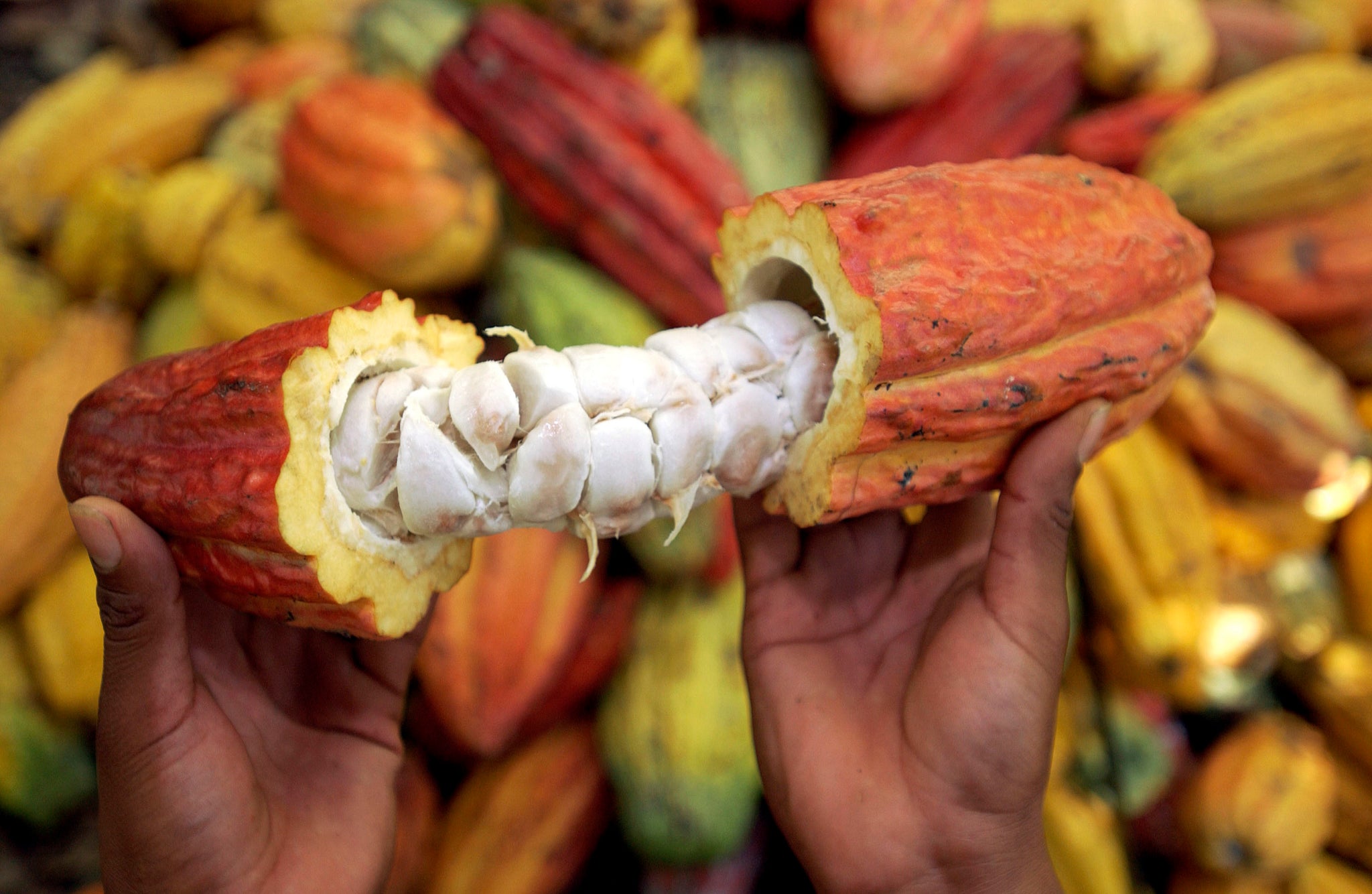
The history of the cacao tree has roots in the ancient Central and South American cultures. The Mayas were the first known to have cultivated the trees in what is today known as modern day Mexico. Chocolate, the familiar product that the cacao pods yields, originates from the Aztecan word “xocolatl” which means “bitter water.” Cacao itself, derives from the word “Kakaw” and was not discovered by Europeans until roughly a decade after Christopher Columbus discovered America.
Today, the cacoa tree also grows in tropical countries like Ecuador and Brazil, and yields fruit commonly called cabooses, directly on it’s trunk or branches. When they are harvested, they are split open with machetes to gather their beans, which are a pearl-like white. The beans are then washed, fermented by immersion, dried before being roasted to enhance the aroma, and then ground into powder. During the grinding process, the fat content dissolves, producing a thick buttery liquid. Our Cacao Tabac is an expression of both the cacao pod and the contextually rich history of the region from where it is grown.
Revealing The Truth About Flowers
An ordinary medical device, a genius concept,
an artist’s love of nature and how it revealed
the inner beauty of flowers


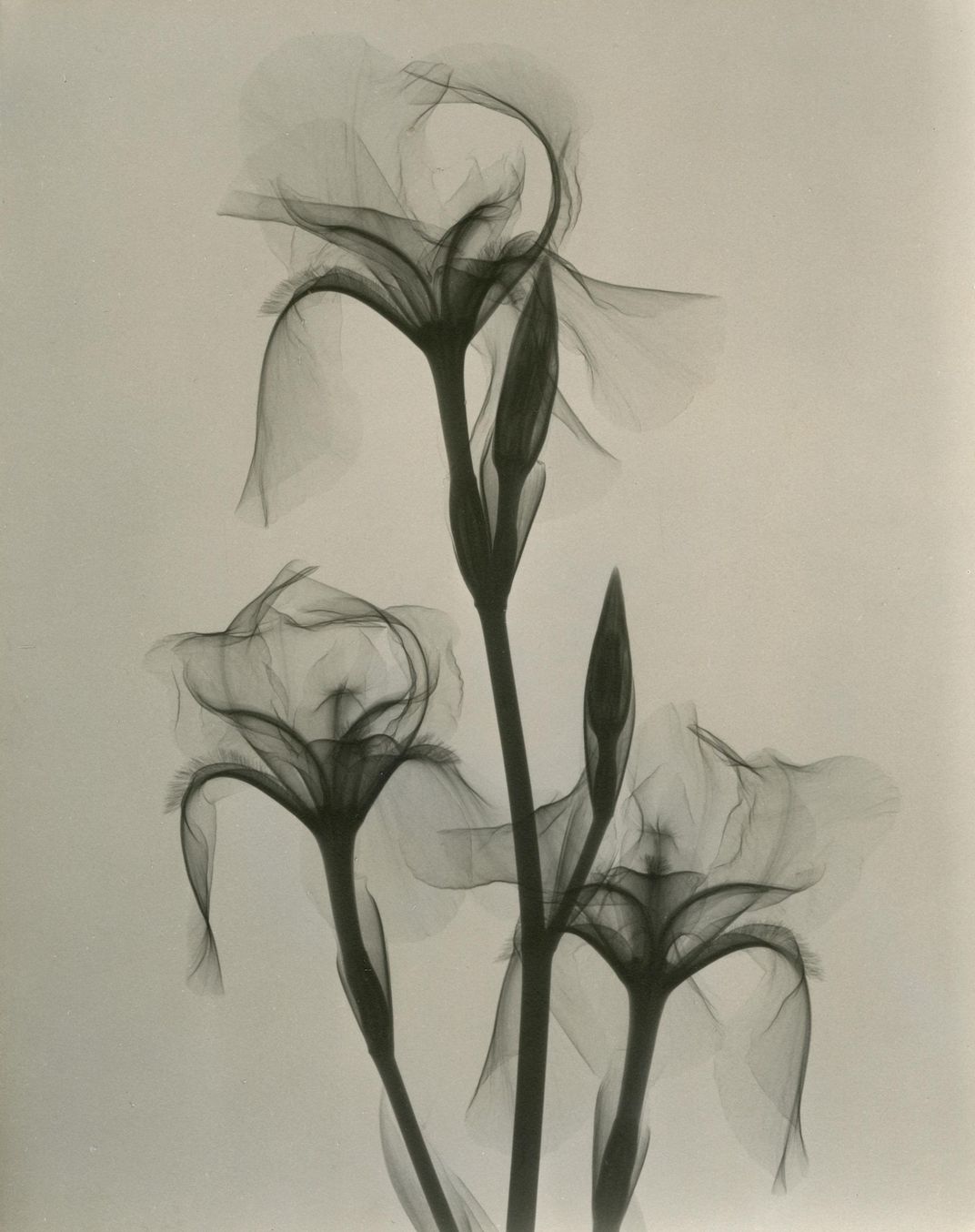

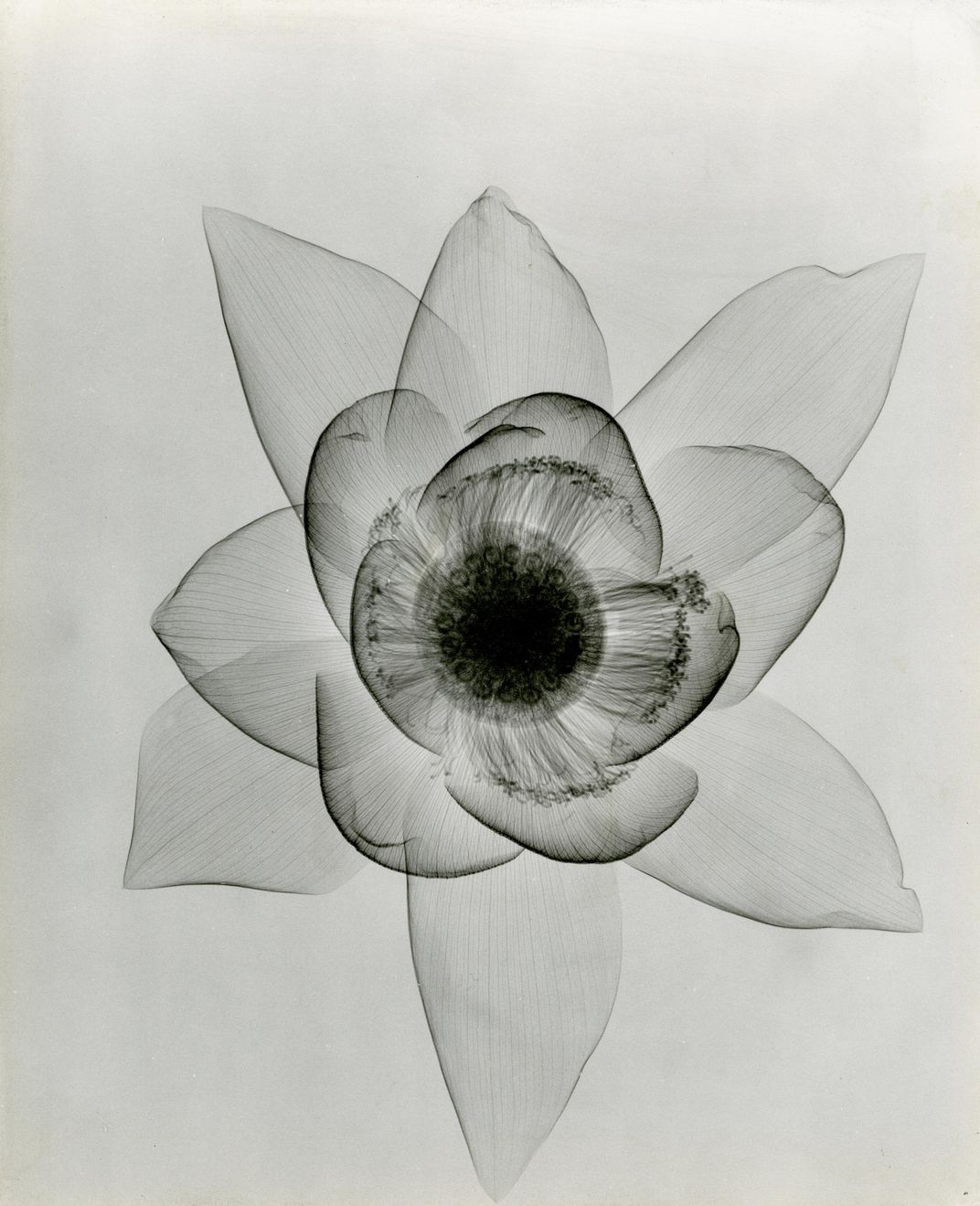
True entrepreneurial and creative spirit, dictates that even the most banal of items can expose themselves to alternative uses in the most interesting and surprising ways. In the 1930’s, Dain Tasker, a doctor with a love of nature and photography, decided to turn the attention of his x-ray machine away from its everyday human patients and directed it to one of his favorite subjects: flowers. What this revealed was truly spectacular.
The stunning, ghostly images, forced us to look at flowers in a very different light. Like all great art, they presented themselves in a way we’d never seen before - ordinary flowers became extraordinary and with their anatomies now exposed for the first time, they revealed intimate body parts, corporeal structures and most interestingly, their souls.
X-rays are now used ubiquitously in science, art, construction, archaeology and several other industries, to better understand an object’s composition and state, but who would have thought that an ordinary doctor using a common medical device to check for broken bones, would open a window to the soul of flowers?
all photo credit: Dain Tasker



































